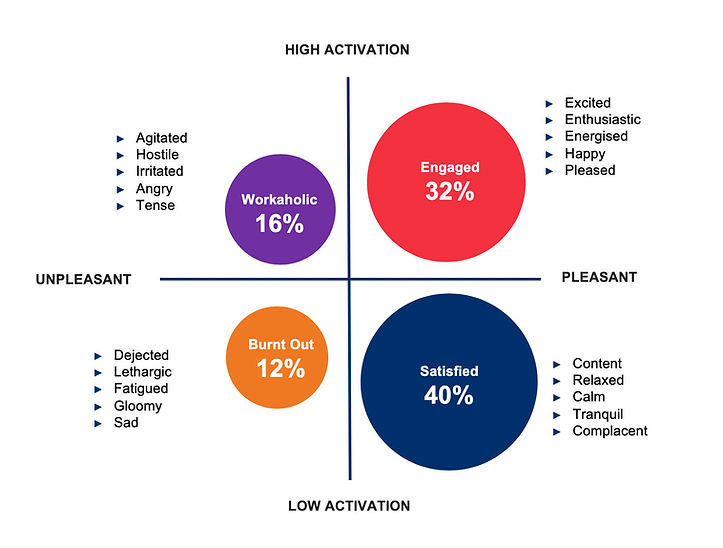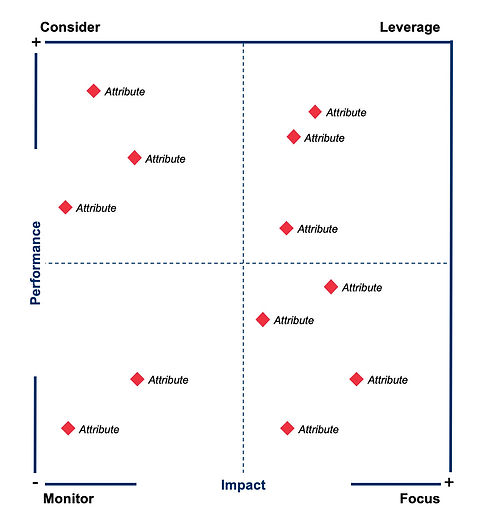Employee Engagement
We identify pragmatic actions and priorities that will directly and positively influence the level of work engagement for a client organisation.
What is Engagement?
The concept of employees being personally engaged in their work is intuitively appealing. If employees can genuinely be encouraged to invest more of their energies into their role performance, it offers dual benefit: increased wellbeing for employees while organisational benefits arise from the likes of increased customer satisfaction, greater customer commitment, increased productivity, higher quality outputs, reduced errors, higher retention lower absenteeism and ultimately, increased profitability. It creates more productive, resilient organisations and establishes a platform for growth.
What is the Current Situation?
Research indicates that as few as 25% of the New Zealand workforce is truly engaged and as many as half are at risk of burnout.
At least in part, the failure to relaise the promised benefits of higher engagement is due to misrepresentation and a lack of focus on the construct of engagement. While the term 'employee engagement' has esisted for some 35 years, a literature review reveals that the concept is often misrepresented suggesting that existing concepts of job satisfaction, employee satisfaction and attitudes surveys have frequently been re-labelled. This failure to foocus on engagement as a distinct construct represents a gap in terms of delivery.
What is our Approach?
Our approach is strongly influenced by an extensive review of academic literature which defines engagement as 'work engagement'. The concept is described as "a positive fulfilling work related state of mind that is characterised by vigour, dedication and absorption".
We measure work engagement using the Utrecht Work Engagement Scale which has been widely validated by academics across multiple countries, ethnicities and industry types. It is recognised as the gold standard for assessing work engagement. Similarly, we recognise workaholism and burnout as distinct constructs and use separate measurment scales for determining these.
The above are incorporated into a predictive model that includes recognised drivers of engagement based on William Kahn's foundational theory on the psychological conditions of engagement. This states that employees consider the meaningfulness of the role, how safe it is for them commit to the role, and their availability. Sub-level attributes are drawn from the job-demands-respource model.
Our analysis uses recognised statistical methods and is therefore fully transparent; i.e., it isn't 'black box'.
Defining the Engagement Segments
Employees are classified as 'engaged' if they score high on the Utrecht Work Engagement Scale, and in line with the establsied norms, and classified as having low engagement if they don't meet the norm, unless they are classified as either workaholics or suffering burnout according to the relevant measurement scales used.
An illustration of the engagement profiles is provided below:

Bringing the Analysis Together
The relative importance weight of each driver is determined using statistical modelling techniques. Combining these importance weights with actual performance measures enables us to assess the various strategies for elevating low engagement, alleviating burnout and determining how these should be prioritised.
The illustration below shows strategies for delaing with each of the various employment attributes.

Work with us
Contact us to move towards achieving a more engaged workforce.
Other areas of expertise
Managing Customer Experience
Designed to understand the drivers of satisfaction and identify actions that will improve performance
Customer Loyalty
Customer value management is key to understanding how organisations deliver value from the customers' perspective.
Market Segmentation
Achieve a competitive advantage by adopting targeted marketing strategies


